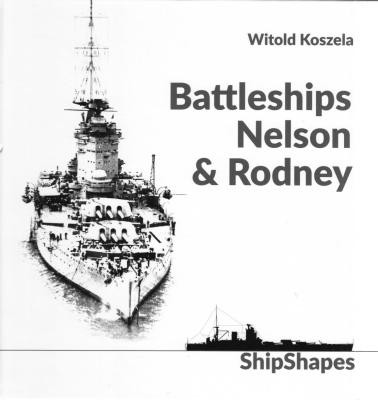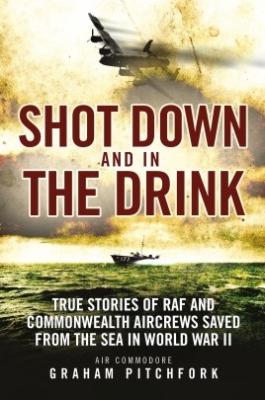George Cully
Reviews By Author

|
We Killed YamamotoPublished:
The planning, execution and consequences of Operation Vengeance – the interception, shoot-down and death of Admiral Isoroku Yamamoto, Commander-in-Chief of the Imperial Japanese Navy and the architect of Japan’s surprise attack upon the U.S. Fleet at Pearl Harbor – have generated a sizable literature. This Osprey title, the 53rd in its Raid Series, is a succinct but comprehensive summary of that material. Author Si Sheppard begins with a look at U.S. efforts to read Japanese secure message traffic – codes and cyphers – that began to slowly gather momentum soon after World War I, only to be abruptly halted in 1929 by Henry Stimson, President Hoover’s new Secretary of State, on the grounds that, as Stimson had famously said, “Gentlemen do not read one another’s mail.” Fortunately… more |

|
Israeli Eagles: F-15 A/B/C/D/IPublished:
The air campaigns of the Yom Kippur War (October 6-25, 1973) and their accompanying attrition rates encouraged the Israeli Air Force (IAF) to consider how best to augment and later replace its existing fleets of Dassault Mirage and McDonnell Douglas F-4 fighter aircraft. They faced a choice between quantity in the near term versus quality in the far term: whether to build more Israeli Aircraft Industry Kfirs and buy additional F-4Es from the U.S. immediately, or to acquire something more advanced, even if that took longer – and cost more money. In June 1974, Israel’s then-Defense Minister Shimon Peres obtained permission from the Nixon Administration for an IAF team to conduct an unofficial ‘fly-off’ between the Grumman F-14 and the McDonnell Douglas F-15. The Eagle won: its… more |

|
Potez 63.11, Single No. 19Published:
Developed from the Potez 63 long-range twin-engine fighter first flown in 1936, the Potez 63.11 reconnaissance aircraft was delivered in prototype form in late 1938. So promising was the design—and so urgent the need—that the French Armée de l’Air ordered 145 examples from the drawing board even before the plane had begun its initial trials. The first production machine was delivered in July 1939, and in that year alone Potez received orders for 1,684 63.11s. Deliveries were hampered by various component shortages and production difficulties, but even so, French aerial reconnaissance units had been equipped with 860 of these aircraft by the time that Germany invaded France in May 1940. A two-volume survey of French military aircraft from 1939 to 1942… more |

|
Battleships Nelson & RodneyPublished:
The Royal Navy’s HMS Nelson and HMS Rodney came about in an unusual way, and that helps to explain their unusual silhouette: all three of both ships’ triple barrel main gun turrets were mounted on the foredeck, and their massive bridge superstructures and secondary armament suites were sited aft. Nothing else afloat looked quite like them. These ships were named after two famous British admirals: George Rodney, victor of the Battle of Cape St. Vincent (1780) and the Battle of the Saintes (1782), and Horatio Nelson, who won the Battle of the Nile (1798) and the Battle of Trafalgar (1805). The 1922 Washington Naval Treaty was intended to ‘rebalance’ the numbers of capital ships allocated among the major victorious powers after WWI; this agreement was further… more |

|
Shot Down and in the DrinkPublished:
Drawing heavily upon an unpublished history of Britain’s Air Sea Rescue Service produced after WWII by the Air Ministry’s Air Historical Branch, this softback reprint was originally published in 2005 as a follow-on to a 2003 effort by Pitchfork entitled Shot Down and On the Run. That book dealt with British and Commonwealth aircrew who found themselves on the ground in enemy territory—mostly in northern Europe—but were able to successfully “escape and evade,” often with the help of brave souls who risked their lives—and the safety of their families--in so doing. The difference between the two books is that the airmen who fell to ground in enemy-occupied territory had some hope of finding friendly aid or, failing that, at least the possibility of humane treatment when they were… more |
